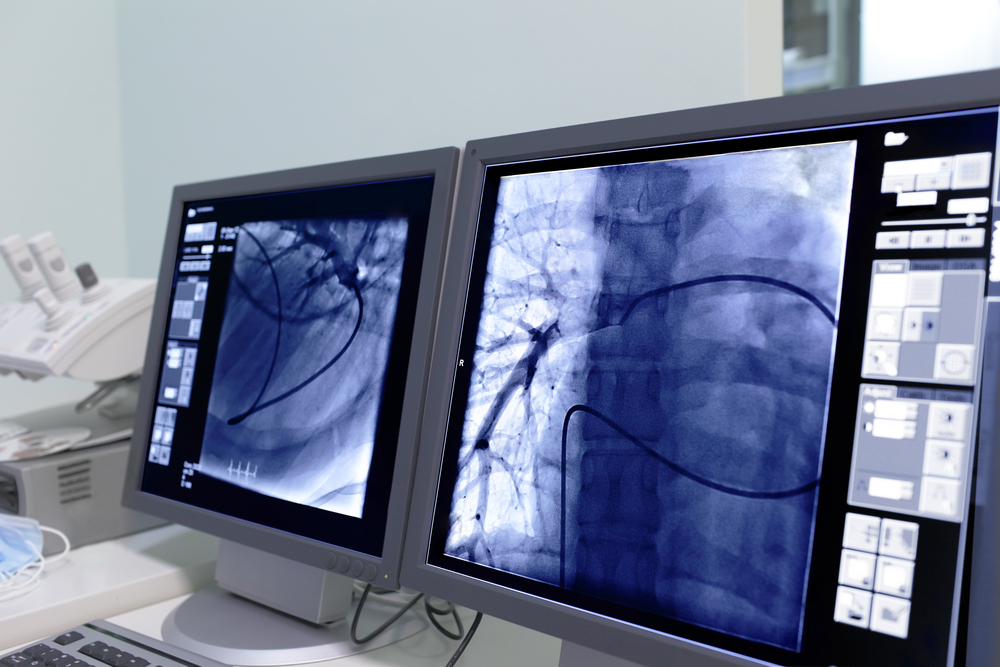 A new study entitled “Prognostic information of serial plasma osteopontin measurement in radiotherapy of non-small-cell lung cancer” was published on BMC Cancer by Dr. Christian Ostheimer, Department of Radiation Oncology, Martin Luther University Halle-Wittenberg, Germany, and colleagues.
A new study entitled “Prognostic information of serial plasma osteopontin measurement in radiotherapy of non-small-cell lung cancer” was published on BMC Cancer by Dr. Christian Ostheimer, Department of Radiation Oncology, Martin Luther University Halle-Wittenberg, Germany, and colleagues.
In this study, the research team performed a prospective clinical study to assess if serial evaluations of plasma osteopontin (OPN) during and after curative-intent radiotherapy would provide extra or better prognostic information for non-small-cell lung cancer (NSCLC) patients,
Tumor hypoxia (low levels of oxygen within the tumor) is a crucial and a frequent characteristic of solid tumors that limits radiosensitivity and has a negative impact in prognosis and response to radiotherapy. Therefore it is important to screen patients with hypoxic tumors before radiotherapy to prescribe the most appropriate type of treatment. The “endogenous hypoxia markers” have been pointed out as a promising non-invasive approach to select patients for therapies that are specific for hypoxic tumors.
The extra-cellular matrix protein osteopontin (OPN) is included in the group of hypoxia-associated markers and has been associated with the levels of oxygen in the tumor that can be prognostic in lung cancer. In NSCLC the plasma levels of OPN have been associated with the partial pressure of oxygen (pO2) inside the tumor, measured by polarographic needle electrodes. The prognostic importance of plasma levels of OPN before chemo- and surgical therapy of lung cancer has also been described. Furthermore, after surgery of NSCLC, plasma levels have been shown to decrease when compared to baseline OPN.
[adrotate group=”1″]
The research team enrolled 69 patients older than 18 years with locally advanced inoperable NSCLC at the Martin Luther University Halle-Wittenberg Dept. of Radiation Oncology. The patients were divided in two different groups according to the presence or absence of distant metastases, M0 or M1 condition. The plasma levels of OPN were measured before, at the end and 4 weeks after radiotherapy by ELISA and compared between M0 and M1 patients and correlated with clinicopathological analysis. Treatment consisted either in curative-intent radiotherapy or chemoradiation with cisplatin and vinorelbine simultaneously. The patients were observed 4 to 6 weeks after radiotherapy, and then every 3 months.
The researchers concluded that plasma levels of OPN should be used in combination with other hypoxia-associated proteins to provide a “hypoxic biomarker panel” to identify patients with tumors that are hypoxic, aggressive and radioresistant. Also, assessing the changes of plasma levels of OPN during or after radiotherapy could be useful as an extra prognostic information for the detection of patients with elevated risk of death and relapse after radiotherapy. Moreover, the authors point this could be used together with other screening methods such as PET-CT or hypoxia-specific PET imaging during radiotherapy for better patient management and to decide what type of post-radiotherapy treatments should be used.


